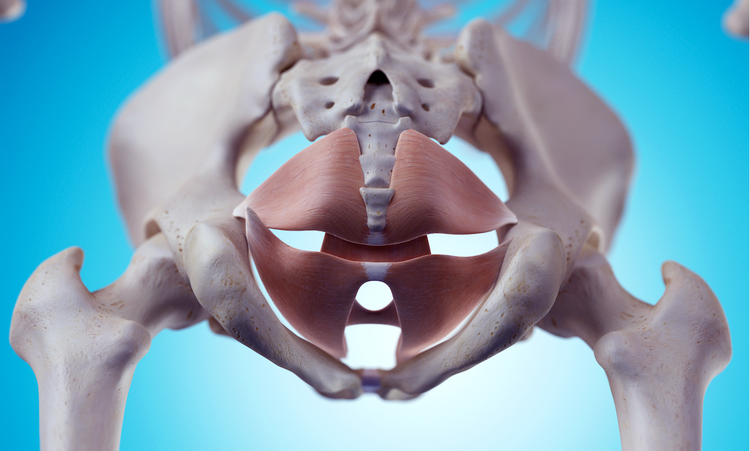The Pelvic Floor. More Than Just A Squeeze Nov 20 2020

Anyone that’s had a baby or had pelvic floor issues is aware that to engage and strengthen the muscles you need to ‘squeeze and lift’ the pelvic floor. Some people have been told to stop urinating mid stream as a way of engaging the muscles, others have been told to squeeze an imaginary pencil inside their vagina. There are a whole host of ways to explain the action of engaging the pelvic floor.
The NHS recently brought out an app to encourage people to complete their pelvic floor exercises on a regular basis; all based on the idea of the ‘squeeze and lift’. For some, this method is enough to engage their pelvic floor muscles effectively and restore their bladder or bowel control, or any other pelvic floor symptoms they may be experiencing. For others it can feel like a fruitless task with very little tangible improvement to be seen. If this is the case, it’s no wonder people often give up and wonder whether or not these exercises are actually a useful way of managing and improving symptoms.
For those with more complex pelvic floor issues, or for whom the consistent pelvic floor squeezing and lifting does not seem to have tackled the issue, the answer may lie in strengthening other muscles around the pelvis that work with the pelvic floor.
In order to explain this fully, one must first understand where the pelvic floor is, what it does and how it works with the other muscles around the pelvis.
The pelvic floor is a bowl-shaped collection of muscles that covers the lower part of the pelvis. It helps to stabilise the pelvis, control bladder and bowel function as well as keeping the internal organs from moving downwards against gravity.
The pelvic floor works in conjunction with the abdominal muscles, diaphragm and gluteal muscles to maintain pelvic control when you walk, run, squat, sit upright or complete almost any movement. If the gluteal or lower abdominal muscles are weak, more strain is placed on the pelvic floor when you complete different movements. Therefore, if you are strengthening the pelvic floor, it’s equally important to strengthen the other muscle groups around the pelvis.
It’s also important that the pelvic floor is engaging effectively when you move. There is little point in completing all of those squeeze and lift exercises if the pelvic floor is failing to engage at the appropriate moment, for example, when one coughs, sneezes or runs for a bus. The pelvic floor has to be retrained to activate at those key moments.
To summarise, whilst completing your pelvic floor exercises regularly is definitely beneficial, it is only a small part of the rehabilitation process. The muscle needs to be able to activate and function adequately during more strenuous tasks and have enough endurance to ensure it does not fatigue on days when you are particularly active.
If you’re experiencing pelvic floor issues and would like to understand more about how to resolve these book an appointment by emailing leanne@executivephysiotherapy.co.uk or calling 020 3488 2244
Leanne O’Brien
Specialist Pelvic Health Physiotherapist
Share this post: